A Word About How The Free Speech Movement Started
Looking back, it was inevitable that speech restrictions would result in unrest. Silence, it became clear, wasn’t golden.
During the 1960s, the Berkeley Free Speech Movement arose in response to restrictions, handed down by the University of California, Berkeley, that included banning the acceptance of political donations unless the student was a member of either the Republican or Democratic school clubs.
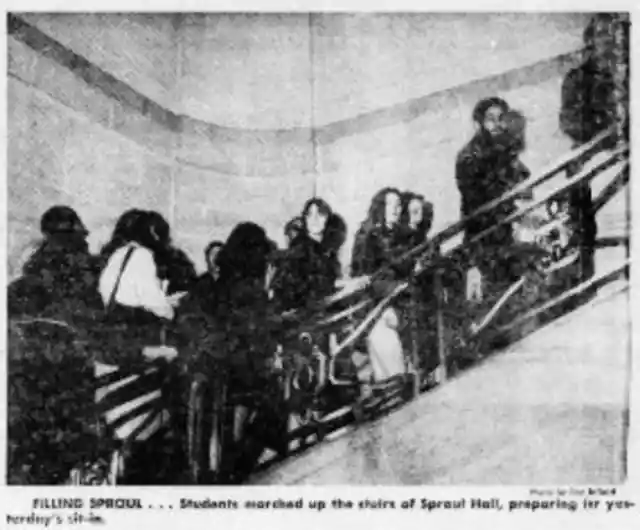
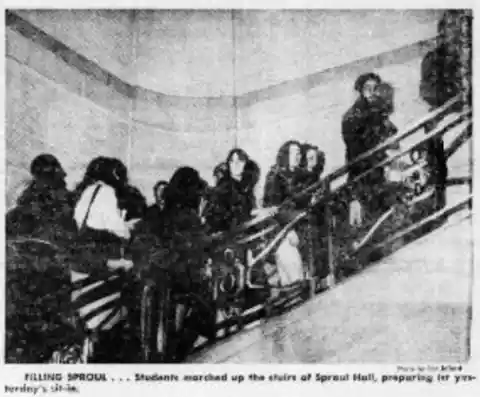
Jack Weinberg was arrested on October 1, 1964, while collecting donations for civil rights groups. In response, 300 students surrounded the arresting officer’s police car, unaware at the time that their actions would incite events that would capture the attention of the entire United States. The students encircling the police car remained in place for more than 30 hours, and more than 3,000 students gathered in the area to conduct speeches and engage in debates that, at times, became heated.
Eventually, the charges against Weinberg were dropped, but a shift in thinking – and student demonstrating – had taken place. When additional students were arrested for participating in protests either near or off-campus, the university found itself at the center of a firestorm. According to author Robert Cohen, “The Free Speech Movement was the first revolt of the 1960s to bring to a college campus the mass civil disobedience tactics pioneered in the civil rights movement. Those tactics, most notably the sit-in, would give students unprecedented leverage to make demands on university administrators, setting the stage for mass student protests against the Vietnam War.”
Talk About Having An Impact…
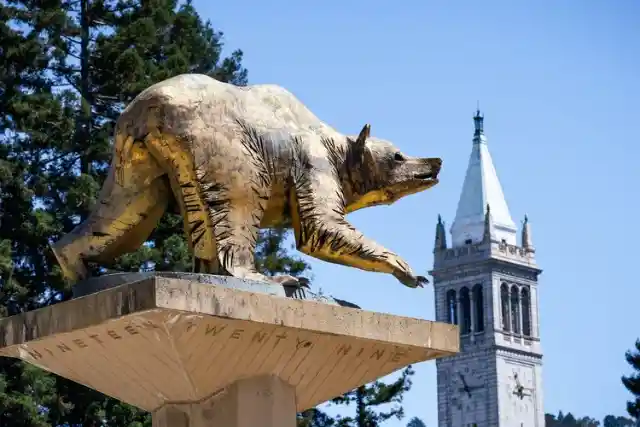

UC Berkeley, which had long been regarded as a haven for liberals, started gaining a reputation for radicalism. Statewide concerns about Berkley’s changing mores grew, and to appease the state legislature, the university banned students from conducting protests on or near the campus. In response, on December 2, 1964, Mario Savio led between 1,500 and 4,000 students onto campus and into Sproul Hall in hopes of initiating negotiations with the administration around the issue of campus political speech and demonstrations.
Savio explained, “There’s a time when the operation of the machine becomes so odious — makes you so sick at heart — that you can’t take part. You can’t even passively take part. And you’ve got to put your bodies upon the gears and upon the wheels, upon the levers, upon all the apparatus, and you’ve got to make it stop. And you’ve got to indicate to the people who run it, to the people who own it, that unless you’re free, the machine will be prevented from working at all.”
Actions Speak Louder Than Words
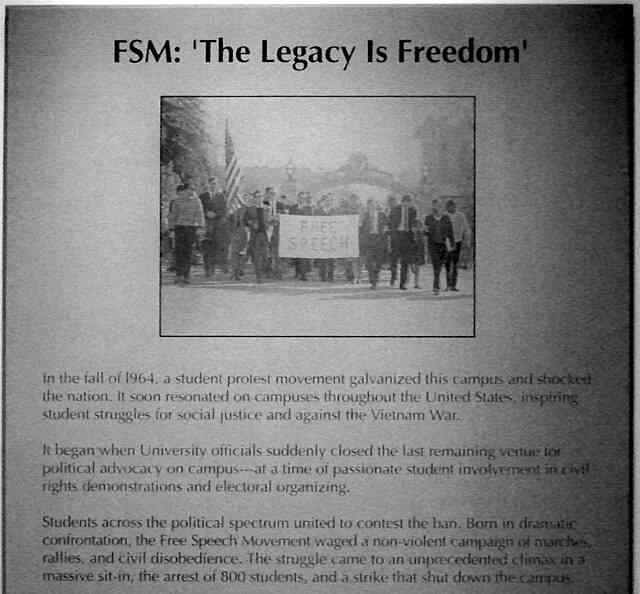
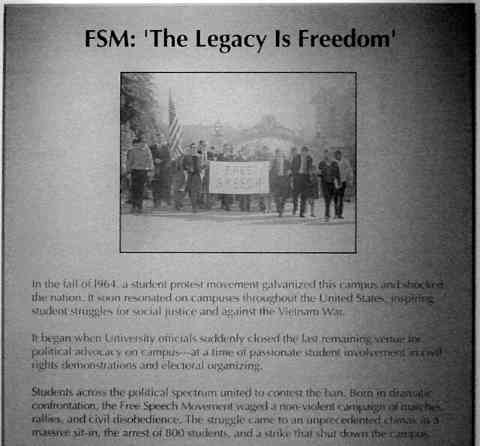
As the Berkeley demonstration wore on, Alameda County deputy district attorney Edwin Meese III received permission from the state’s governor to initiate mass arrests. In the early morning hours, approximately 800 students were taken into police custody and transported by bus to Santa Rita in Dublin; all were released just hours later. Attempts by Berkley to charge the students led to additional campus protests, and following several weeks of deliberations the university decided to not pursue charges.
One journalist observing the Berkeley uprising noted that, “[the] FSM (Freedom of Speech Movement) opened up everything – just blew out the tubes of being able to move large amounts of information across the country. It wasn’t exactly that Berkeley was the first place where this mechanism kicked in, but it was the place where it went critical.”
In 1965, a new chancellor, Martin Meyerson, took over the reins at Berkley. Considered by many to be more student friendly than his predecessor, he designated the steps of Sproul Hall, where Savio gave his speech, as an area where student gatherings and open discussions would be welcomed during certain hours. Considered a victory for students’ freedom of expression, the chancellor’s decisive action set the tone for the large-scale Vietnam protests that would become a staple of the Berkeley campus for years to come.